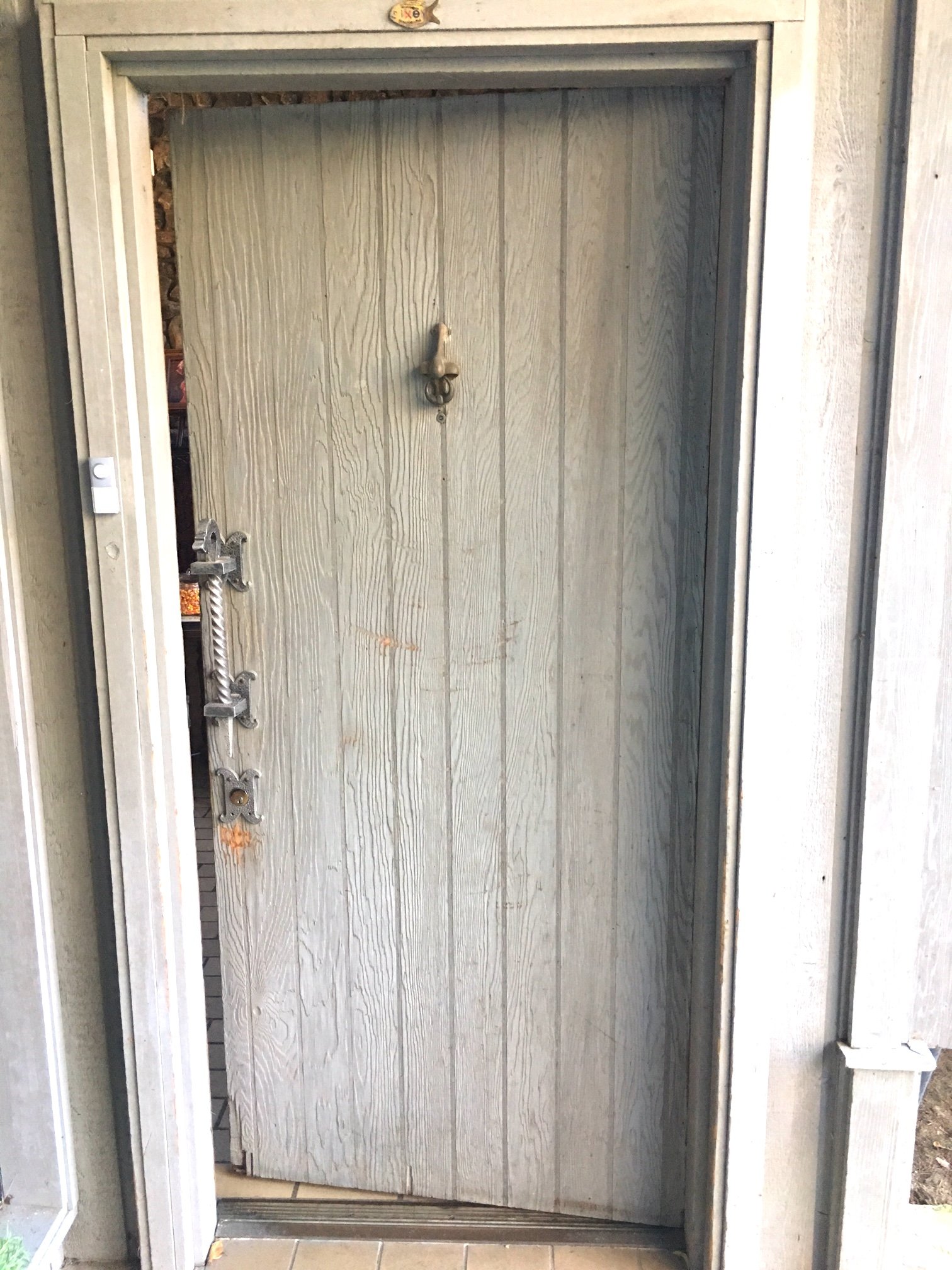Guest Writer: Ken Fellows
Art of Not-Knowing
Iris Uncertainty Fellows
In mid-1970, I began my career as an academic Pediatric Radiologist. With several other American radiologists back then, I helped pioneer a new sub-specialty, Pediatric Interventional Radiology. That endeavor was made possible by an explosive improvement in X-ray imaging. A new device –the image-intensifier –allowed especially clear fluoroscopic (real time) visualization of inner-human anatomy.
It was soon accompanied by other revolutionary imaging techniques, such as ultrasound (US), computed tomography (CT), and magnetic resonance imaging (MRI). All these provided new and extraordinarily precise imaging of the circulatory system, the heart, brain, and most other organs. Using this new imaging, interventional radiologists were able to insert local anesthesia, thin catheters, and other small devices into patients through needles (not incisions) to perform therapeutic procedures. No general anesthesia is needed –just sedation of the patient.
Using these devices, interventional radiologists began treating problems such as plugging bleeding vessels, closing holes in hearts, opening obstructed arteries and veins, doing biopsies, and draining abscesses, cysts, and other loculated fluids. The past 50 years have seen a vast expansion of these interventional techniques. I performed those procedures for the first 30 of those years.
Following my retirement from radiology practice 23 years ago, I happened into a ‘second act’ as a watercolor painter and a memoir writer. I’ve sometimes wondered if any common thread exists between these very different eras of my life … any connection between doing interventional procedures and art, and the ‘uncertainty of outcome’ common to both?
Pondering this question in my aged rodent brain, a possible connection was suggested recently in the book Emergency Medicine by Jay Baruch, MD. In it, he describes his difficulty in discerning from some patients’ rambling histories and vague symptoms what the actual underlying problem is. He explains how this is a doctor’s challenge not usually addressed in medical training –this not-knowing –a circumstance so antithetical to medical practice.
Dr. Baruch attributes the concept of not-knowing to a dated but still famous essay in which David Barthelme describes the act of writing, and the creative arts in general, as a process of dealing with not-knowing. Barthelme states, “The writer (artist) is someone who, when embarking upon a messy task, doesn’t know what to do.” He adds, “Problems are crucial to not-knowing, and not-knowing is crucial to art.” The essay opines, “Writing is a process of dealing with not-knowing, and that not-knowing is hedged about with prohibitions, with roads that may not be taken.” To this, Jay Baruch adds: “In any process of inquiry, our uncertainty is our ally.” I, in turn, propose that the ability to welcome uncertainty is often a critical part of being a doctor. Perhaps this idea is the connection I’ve been seeking between writing, painting, and performing interventional procedures.
Whether a writer, painter, or doctor, problems causing uncertainty are usually most formidable when beginning an undertaking. The problems are generally a matter of ideas, imagination, or technique. For surgeons and interventionalists, clinical problems typically have either a traditional, patented solution or require an innovative approach, a new maneuver that needs to be created. Even during routine procedures, unforeseen complications and anatomic aberrations arise that require spontaneous and imaginative corrective action. For doctors, problems of selecting the best approaches to healing are the foundation of their uncertainty and not-knowing.
In summary, not-knowing is a mental state common to making art and literature. Similar uncertainty often characterizes medical sleuthing, surgery, and interventional endeavors. Expanding the idea, I suspect this inherent doubting is not limited to art and medicine, but exists in many other fields. In various walks of life, uncertainty often enhances performance, fosters progress, and creates innovation.
Ken Fellows



